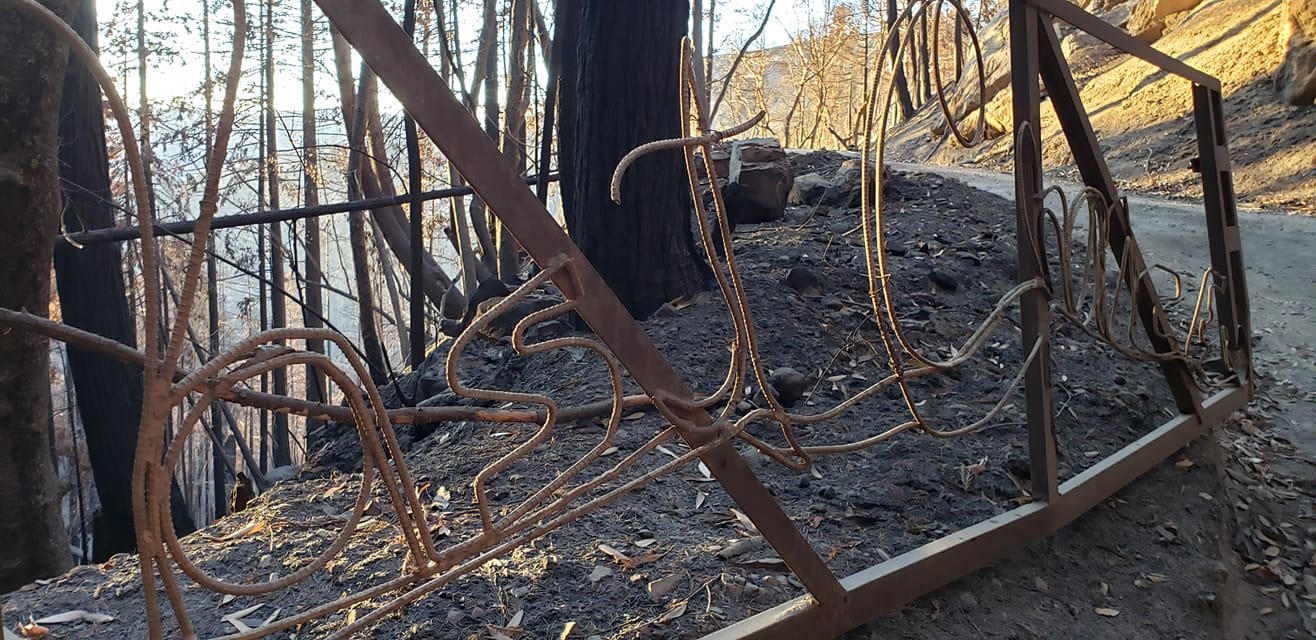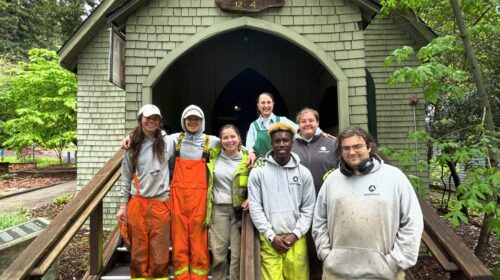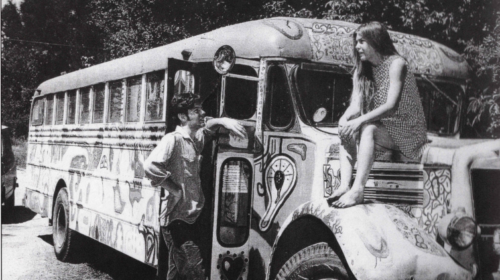Fire Recovery Lags
By Jayme Ackemann
When a 4Leaf, Inc. consulting geologist made three trips to Last Chance resident Ali McCargo’s Davenport property and couldn’t find it – Ali became concerned.
Santa Cruz County promised a “streamlined process” when San Lorenzo Valley residents began returning to their fire-devastated communities. But fire survivors are asking what that really meant as we reflect on the CZU fire’s anniversary.
“It was a moonscape up there. I knew he wouldn’t be able to find it – there were no visible markers left,” said McCargo of the consultant who struggled to find her property.
By August 2021, Ali had her answer. The county is unlikely to clear her permits because her property is on a private road that requires improvement. Ali did everything she was supposed to, and more than a year later she’s still wondering what happens next.
There is plenty of evidence to suggest that recovery after wildfire is difficult for most of the communities that have endured these disasters – Santa Cruz County isn’t alone.
One fire family displaced to Monterey County took note when Monterey County officials announced they would waive permitting fees for fire victims in their community to rebuild. But when the same question was posed to Santa Cruz County officials the response had to do with scale. Monterey County had lost dozens not hundreds of homes; it was easier for them to absorb those costs.
Santa Cruz County’s Office of Response, Recovery, & Resilience would tell you that the large number of homes lost in our community are a factor in the way they have approached their response.
The fees were instead necessary to help offset the contract costs for 4Leaf, Inc., a Pleasanton-based company that set up the Recovery Permit Center – the apparent centerpiece of a plan to clear the path for residents to rebuild.
One year later and somewhere north of just 21 homes have been permitted to be rebuilt. The county will tell you that more than 200 permits have been approved but many of those are for smaller structures – outbuildings and sheds. Is that what Supervisors McPherson and Coonerty imagined when they authored a letter in September 2020 calling on the county to streamline the process?
Probably not. Based on Supervisor McPherson’s recent comments, he isn’t satisfied with this process either.
“The pre-fire risks that have existed for years in both of our districts shouldn’t be addressed through the fire rebuilding process,” McPherson said. “Many of our survivors are underinsured and already facing a difficult time — if we apply the code to the pre-fire conditions, we run the risk of making it that much harder, if not impossible, for some folks to rebuild their homes.”
But besides hiring a consultant, what other steps have been taken to improve the process?
“There didn’t seem to be any consideration given to reviewing the process and trying to help fire families avoid being delayed by unanticipated problems. Nor did there seem to be any changes made in advance to streamline the process itself,” said Boulder Creek fire survivor Antonia Bradford.
Could work furloughs due to the coronavirus pandemic have contributed to the problem?
In November 2020 County Plans Examiner Jim Heaney spoke at a Board of Supervisors meeting to suggest Planning Department employees be reinstated to full service after the county had reduced many employees hours due to the pandemic.
In a Good Times story, Heaney was quoted as saying the work furloughs were impacting their fire response, “It’s just challenging. There’s a lot of work to do, and there’s limited time to do it.”
It appears that for at least 10 months following the fires, Planning Department staff remained on a partial work furlough – despite $53 million in funding received in federal aid for county operations.
Bringing in 4Leaf as a consultant may have helped provide access to residents trying to navigate a difficult process, but objectively it isn’t delivering more streamlined outcomes.
Last Chance resident Ali McCargo did all the right things, she still won’t be able to rebuild because her road isn’t paved and her private community may not be able to shoulder those costs.
The road conditions aren’t new. That’s a condition that existed before the fire.
The county promised to remove barriers to getting community members back to their properties but even getting temporary dwelling permits has been a struggle for some.
Without permits to rebuild it will be months – if not years – before most fire families break ground. I’m not sure how most people would define “streamlining the process” but so far – this isn’t it.
Jayme Ackemann is a public affairs consultant and freelance writer. Ackemann has worked on major capital investments and water infrastructure capital construction projects in the Bay Area. Jayme has been a resident of Ben Lomond for more than 15 years.
Featured photo of Last Chance Road by Julie Horner




